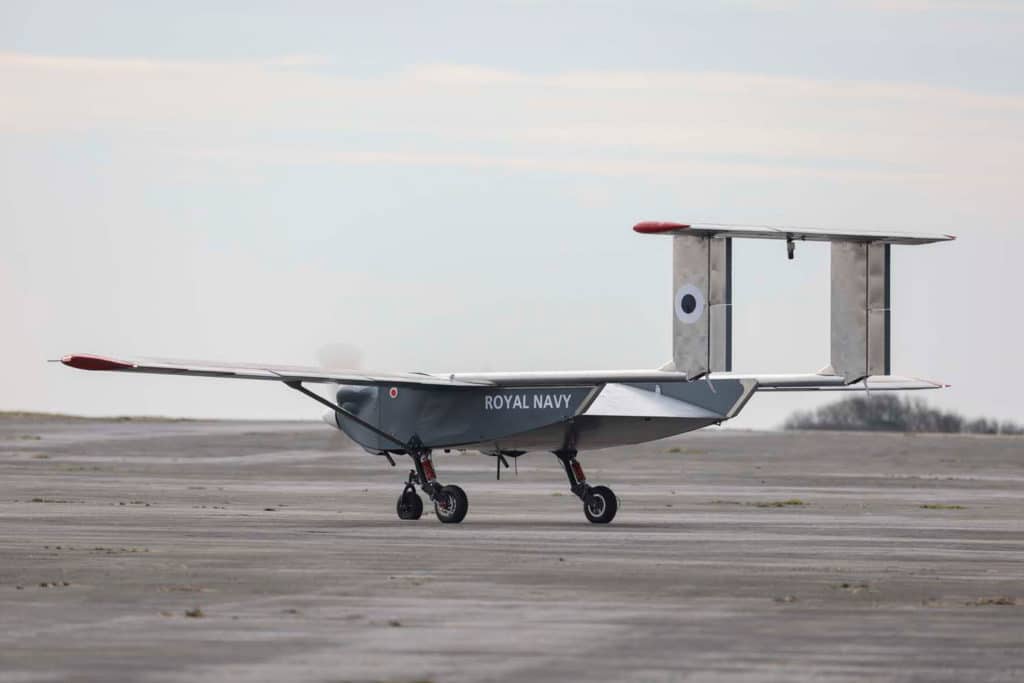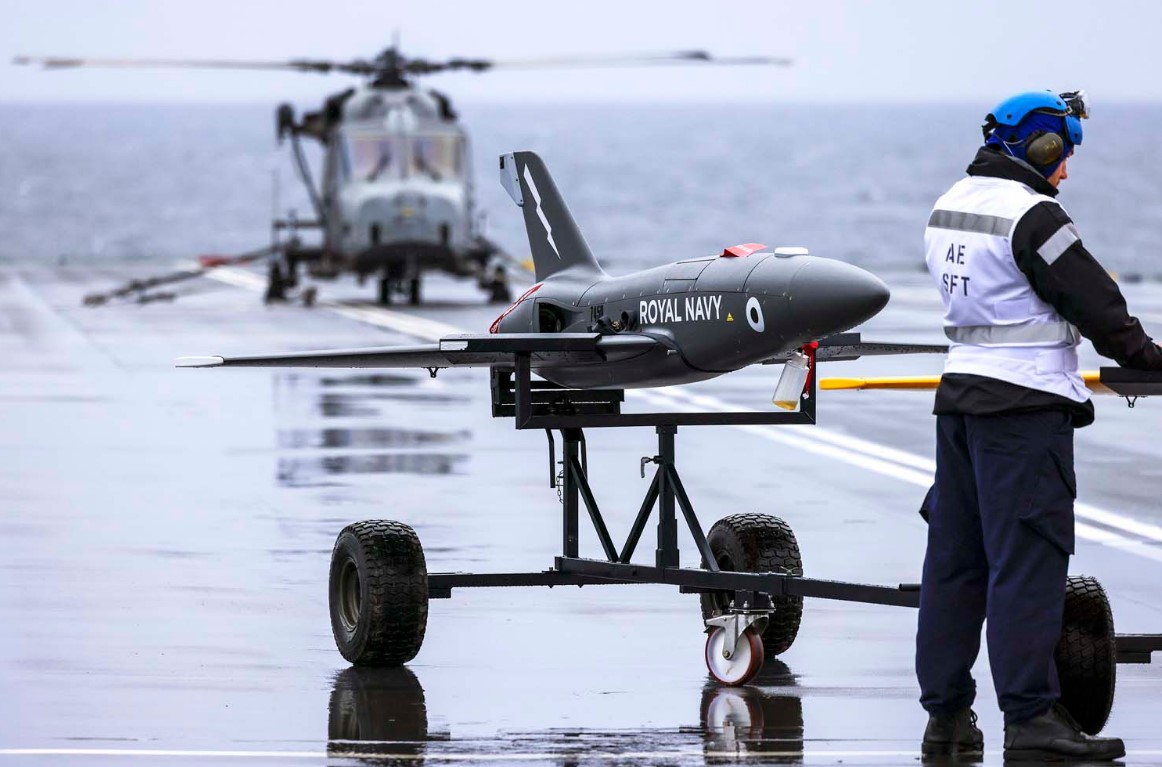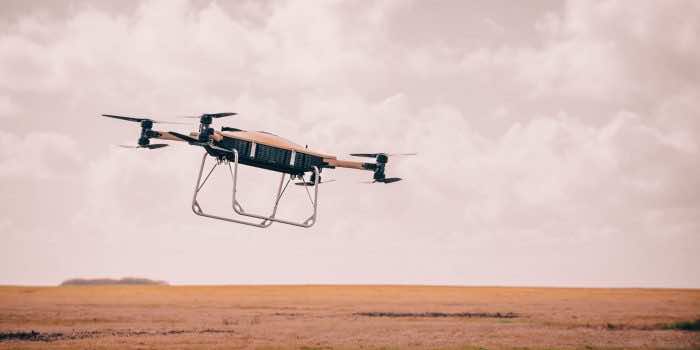The Royal Navy of the United Kingdom has developed and tested two heavy-lift drones capable of transporting supplies to Queen Elizabeth-class military aircraft to assist the country’s combat activities. The cutting-edge Malloy Aeronautics T-600 quadcopter successfully transported a cargo weighing more than 250 kilograms (550 pounds) over a short distance during the experiment. The unmanned aircraft was able to slow down and dump its cargo onto a platform that resembled the flight deck of the Queen Elizabeth-class aircraft carrier located in Portsmouth. The latest drone trials are anticipated to lay the foundation for the Royal Navy to use autonomous devices to guide the implementation of military tasks, from humanitarian assistance to combat warfare.

Both aircraft exhibited their heavy-lift capability during initial experiments. The Malloy T-600 transported a cargo of 250 kg (575 lbs), while the fixed-wing ULTRA flew 1,000 km (621 miles) to dump a payload of 100 kg (220 lbs) on a platform resembling a Queen Elizabeth-class aircraft carrier’s flight deck. The drone dropped the cargo with exceptional precision. The Navy and DE&S will use the trial knowledge to generate automated robots capable of providing heavy projectiles in a wide range of environments. It intends to urge industrial partners to look at what technology they have that may be converted for use by the Royal Navy to carry supplies to the front lines such as humanitarian supplies, first treatment, ammunition, and replacement parts. Malloy and Windracers were both awarded contracts worth £300,000 to continue developing their drones.

The Heavy Lift Initiative is a cooperation between 700X, the Navy’s Office of the Chief Technology Officer, and Defense Equipment and Support’s (DE&S) Future Capability Group that aims to significantly expand the number of unmanned aircraft systems (UAS) in the marketplace. It also urges business partners to investigate what UAS they have that may be adapted to deliver humanitarian assistance, first treatment, artillery, and other critical commodities from the front lines by the Royal Navy. Surprisingly, the autonomous drone was able to slow down and deliver its payload with “pinpoint precision” onto the mimic flight deck, according to the navy. The Royal Navy recently stated that the employment of unmanned aerial vehicles in logistics operations offers a variety of benefits, including lower costs, faster mission completion, and the ship’s crew not even being subjected to certain threats.



